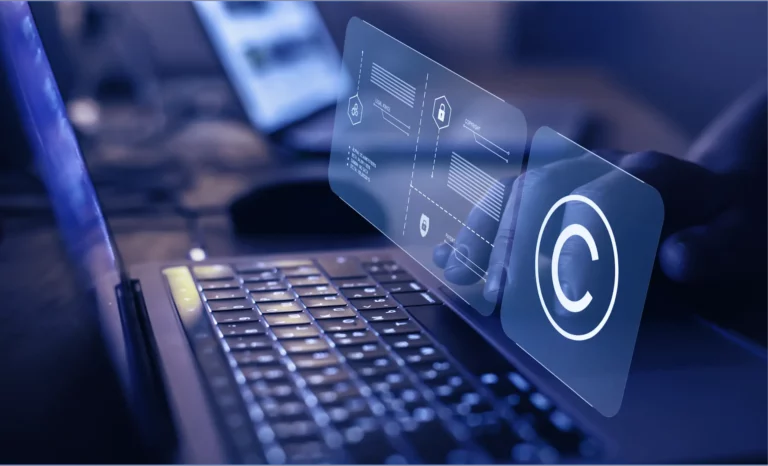
5 Best Practices to Prevent Intellectual Property Theft
Intellectual property is a classification of property that links to mind creations. Such include designs, videos, images, artistic works, names, or symbols. The original creator has rights over their ‘property,’ preventing others from creating economic gains without the owner’s consent.
Intellectual Property Theft
Intellectual property theft entails stealing innovative products, ideas, and inventions from organisations or individuals. Intellectual property can be stolen in different ways. One fundamental way is patent infringement, where one uses the patent on a product without the owner’s permission. Infringing a trademark also counts as intellectual property theft. Copyright infringement is a significant form of intellectual property theft. It entails reproducing or copying parts or an entire book, movie, or music from an original one without the owner’s consent. Cybersecurity breaches can also amount to intellectual property theft by allowing outsiders access to sensitive data.
1.Impacts of Intellectual Property Infringement
Intellectual property theft is detrimental to business because it leads to reduced competitive advantage, loss of customer trust, retardation, and reputational damage to its victim. Intellectual property infringement leads to loss of time and resources by shifting the victim’s attention to lawsuits. Therefore, preventing infringement will save time, resources, and business focus. There are key ways to ensure that intellectual property is safe from theft and infringement: 1. Categorising Valuable Data
It is easier to protect intellectual property when it is recognisable from other assets and data. All businesses should separate their intellectual property from other assets and data and instruct their employees to do the same. Thus, the intellectual property will be more recognisable and will not get mixed up with other data.
2. Secure Cybersecurity Gaps
Another critical way to protect intellectual property is through recognising possible cybersecurity gaps and securing the gaps to prevent attacks. It is important to conducting a cybersecurity assessment in order to discover the weak spots and gaps, which will enable the company to secure them and prevent malicious attacks.
3. Have a Data Security Policy
It is essential to have a firm cybersecurity policy that allows the business to set appropriate rules to enhance the safety of sensitive data and corporate assets, including intellectual property. A reliable cyber security policy guides employees on proper activities to safeguard intellectual property from threats.
4. Thwart Potential Incidents
In addition to assessing users, businesses should also embrace modern technologies to enhance data safety and halt potential threats. For instance, the user and entity behaviour analytics issue warnings in case of suspicious activity.
5. Data Encryption
Encrypting important data is essential to keep it safe from theft. Encryption enhances the protection of sensitive data by making it difficult for attackers to access it.
The above practices can help prevent intellectual property theft, save time and money that otherwise may be lost in trying to recover from an infringement.
Author : https://a-partners.legal/team-member/huda-abudagga/






